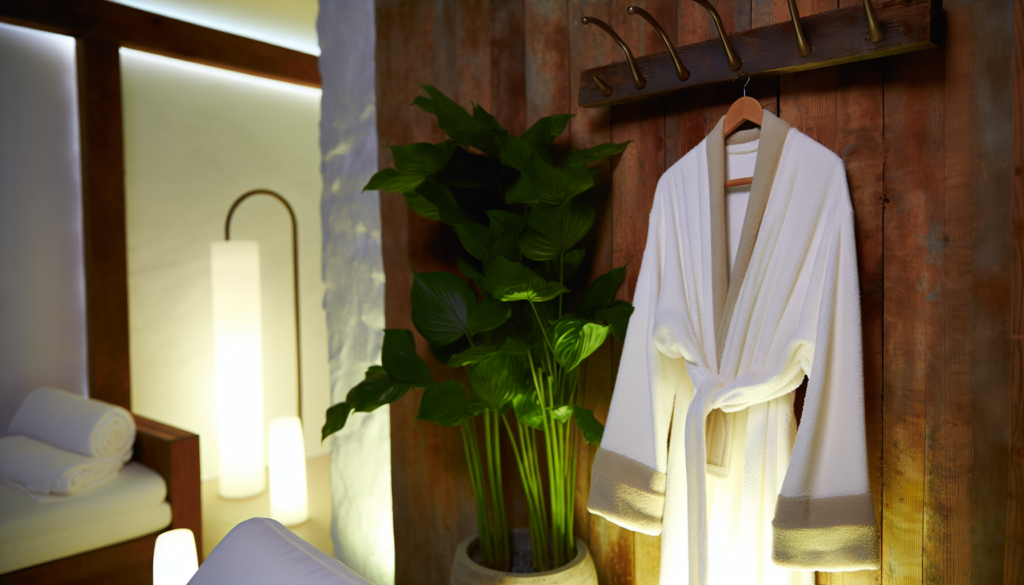Dealing with combination skin can feel like trying to solve a puzzle where the pieces keep changing shape. One day your T-zone is an oil slick, the next your cheeks are flaky and dry. It’s frustrating, isn’t it? But here’s the good news: with the right routine, you can bring balance to your skin and achieve that coveted clear, healthy glow. This 5-step clear skin routine is specifically designed for combination skin, addressing both oiliness and dryness without overwhelming your skin with too many products or complicated steps.
Understanding Combination Skin
Before diving into the routine, let’s get clear on what we’re working with. Combination skin means you have two or more skin types on your face simultaneously – typically oily in the T-zone (forehead, nose, and chin) and normal to dry on the cheeks and jawline. This skin type often struggles with:
What makes combination skin tricky is that you’re essentially treating different skin concerns on the same face. But don’t worry! The following five steps will help you find that sweet spot.
Step 1: Gentle Cleansing
The foundation of any good skincare routine starts with cleansing, but combination skin needs a balanced approach. You want something that removes excess oil without stripping moisture from drier areas.
Look for a pH-balanced cleanser labeled for combination skin. Gel cleansers often work well as they clean effectively without over-drying. In the evening, consider double cleansing – first with an oil-based cleanser to remove makeup and sunscreen, followed by your regular cleanser.
Morning cleansing can be lighter – sometimes just splashing with lukewarm water works if your skin doesn’t feel oily upon waking.
Pro tip: Avoid hot water, which can trigger both oil production and dryness. Lukewarm is your best friend!
Step 2: Targeted Toning
Toners have come a long way from the alcohol-heavy, face-stinging formulas of the past. A good toner for combination skin helps:
Consider using different toners on different parts of your face. A hydrating toner with ingredients like glycerin or hyaluronic acid works well on drier areas, while a mildly exfoliating toner with ingredients like niacinamide, witch hazel, or very low concentrations of salicylic acid can help control oil in the T-zone.
Apply with a cotton pad or press into the skin with your palms – whatever feels better for you.
Weekly Exfoliation
While not a daily step, exfoliation is crucial for combination skin. It removes dead skin cells that can clog pores in oily areas and create rough texture in dry areas.
Choose a chemical exfoliant over physical scrubs – BHAs (like salicylic acid) work well for oily zones as they penetrate oil, while AHAs (like glycolic or lactic acid) work on the surface to smooth and brighten dry areas.
Start with once-weekly exfoliation, gradually increasing to 2-3 times per week as your skin tolerates it.
Step 3: Hydrate with Serums
This is where you can really customize your routine. Serums contain concentrated active ingredients that target specific concerns.
For combination skin, look for:
You can apply different serums to different areas or find one multitasking formula. The beauty of serums is their lightweight texture that won’t feel heavy on oilier areas.
Step 4: Strategic Moisturizing
Yes, even the oily parts of combination skin need moisture! When skin lacks hydration, it can actually produce more oil to compensate.
Try this two-pronged approach:
For drier areas: Use a richer cream that contains ingredients like ceramides, peptides, or squalane.
For oilier areas: Apply a lightweight, oil-free gel moisturizer or lotion with humectants like glycerin or hyaluronic acid.
Or simplify with one moisturizer formulated specifically for combination skin, applying a thinner layer on oily zones and a more generous amount on dry areas.
Step 5: Sun Protection (Morning Only)
This non-negotiable step protects all areas of your face from UV damage, which can worsen both oiliness and dryness.
For combination skin, opt for:
Many people with combination skin prefer mineral sunscreens with zinc oxide or titanium dioxide as they’re less likely to cause breakouts. Newer formulations have solved the white cast issue that once plagued mineral sunscreens.
Evening Alternative
At night, replace sunscreen with a treatment product targeted to your specific concerns:
Putting It All Together
The beauty of this 5-step clear skin routine for combination skin is its flexibility. You can adjust products seasonally (lighter in summer, richer in winter) or during hormonal fluctuations when your skin might temporarily become oilier or drier.
Consistency is key, but so is listening to your skin. Some days you might need more hydration; other days, oil control might be your priority. The routine provides a framework, but don’t be afraid to adapt.
Remember that finding your perfect balance might take some experimentation. Give new products at least 4-6 weeks to show results unless they cause irritation. Take photos to track your progress, and celebrate improvements along the way!
With patience and this targeted approach, you’ll discover what works for your unique combination skin, leading to the clear, balanced complexion you’ve been wanting. The fantastic thing about this routine for combination skin is that it’s simple enough to maintain long-term, making it truly a skincare solution you’ll love for years to come.







